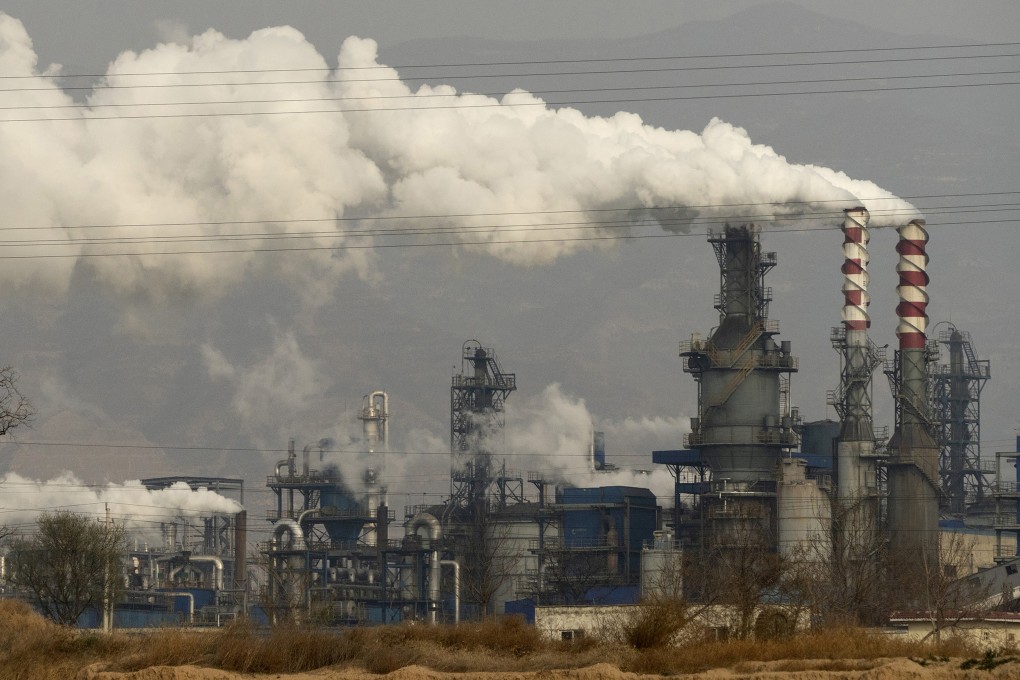A reprieve for coal? Xi Jinping urges ‘realism’ on China’s road to carbon goals
- Green transition can’t be made overnight and progress must be steady, he says
- Focus on stability comes as fossil fuel use rises and Russia’s invasion pushes up energy prices

China’s declining coal industry got a boost on the weekend when Chinese President Xi Jinping called for a “realistic” approach to achieving the country’s carbon neutrality goals.
“We can’t be detached from reality … We can’t toss away what’s feeding us now while what will feed us next is still not in our pocket,” Xi was quoted as saying by state-run People’s Daily.
Xi was referring to targets he announced in September 2020 for the nation to reach peak carbon emissions before 2030 and become carbon neutral by 2060.
China is the world’s biggest producer and consumer of coal. Over the past decade, it lowered the share of coal use in its energy mix from 68 per cent to 56.8 per cent. But the fossil fuel still plays a major role in the power sector, generating 64 per cent of its electricity.